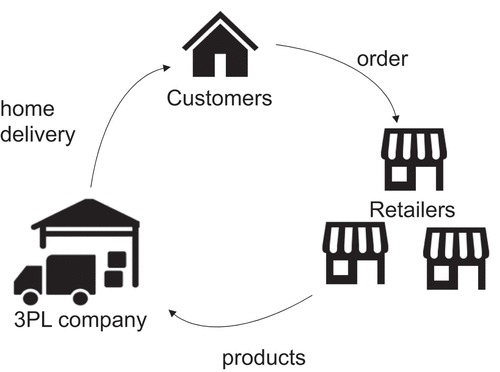Running a successful medical practice involves more than diagnosing patients and managing treatments. Behind every efficient practice is a strong financial backbone — and that means effective bookkeeping. For many doctors, financial management is delegated to office managers or outside firms, but understanding the basics of bookkeeping for doctors is crucial for ensuring financial health, regulatory compliance, and long-term success.
This guide walks you through the essentials of bookkeeping in a medical context, including how to structure a chart of accounts, manage insurance reimbursements, stay HIPAA compliant, and streamline payroll for clinical staff.
Why Bookkeeping Matters in a Medical Practice
Unlike typical small businesses, medical practices have a complex financial structure involving:
Good bookkeeping enables a medical practice to track profitability by service line, monitor cash flow, prepare for audits, and make informed financial decisions. It also lays the groundwork for sound tax planning and compliance with federal regulations.
Setting Up the Chart of Accounts for a Medical Office
The chart of accounts (COA) is the backbone of any bookkeeping system. It categorizes every financial transaction into distinct accounts, allowing you to generate financial statements that reflect your practice’s health.
Here’s a sample layout for a medical practice:
1. Income Accounts
2. Cost of Goods Sold (COGS)
3. Expense Accounts
4. Asset Accounts
5. Liability Accounts
A well-organized chart of accounts tailored to the medical field helps you quickly identify financial trends, spot inefficiencies, and ensure accurate tax reporting.
Managing Insurance Reimbursements: A Common Pain Point
Unlike retail or service-based businesses, where payment is typically immediate, medical practices face complex, delayed payment cycles. Understanding and managing insurance reimbursements is crucial to keeping cash flow steady.
Tips for Streamlining Insurance Payments:
Proper bookkeeping allows you to measure your average days in accounts receivable, an essential KPI for practice sustainability.
HIPAA Compliance and Financial Recordkeeping
Medical practices are required to safeguard patient health information — and that includes financial records that contain Protected Health Information (PHI). If you use a third-party bookkeeping service or cloud-based software, you must ensure they comply with HIPAA guidelines.
What You Should Do:
Managing Payroll for Clinical and Admin Staff
Medical practices often employ a mix of salaried, hourly, and contract workers. These may include physicians, nurses, administrative assistants, and part-time specialists. Accurate payroll tracking is vital to ensure regulatory compliance and avoid IRS penalties.
Bookkeeping Tips for Payroll:
Software Integration: Automating Your Bookkeeping
To reduce manual errors and save time, consider integrating your bookkeeping software with:
Automated systems reduce duplicate entries, sync invoices with patient accounts, and allow real-time financial visibility — all without violating HIPAA standards.
Final Thoughts
Doctors and practice owners don’t need to become bookkeepers — but understanding the fundamentals of medical practice bookkeeping is essential for growth, compliance, and sustainability. Whether you handle finances in-house or outsource to a specialist, having a solid grasp of your chart of accounts, insurance reimbursement processes, payroll obligations, and HIPAA-compliant tools will empower you to run a more profitable and secure practice.
In today’s evolving healthcare environment, data-driven decision-making begins with clean, accurate, and timely financial records. And that starts with great bookkeeping.







